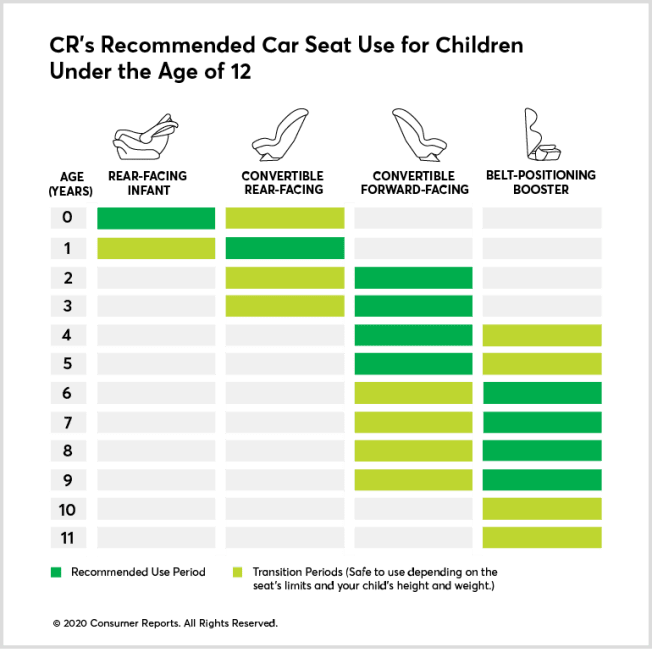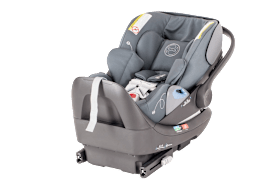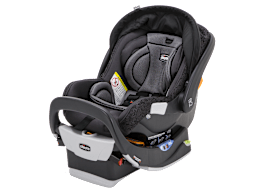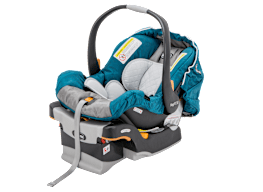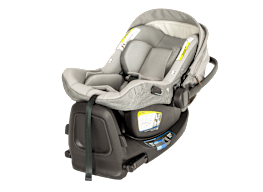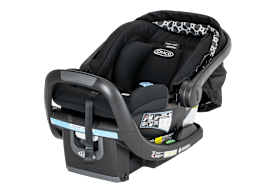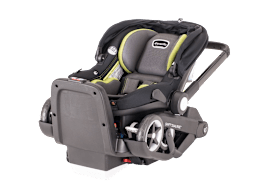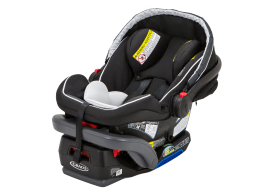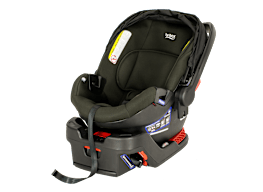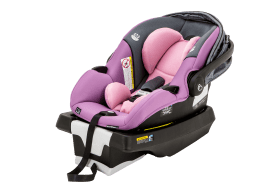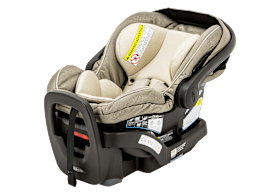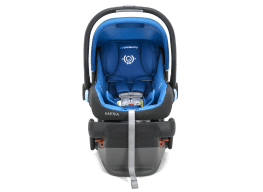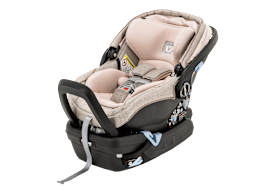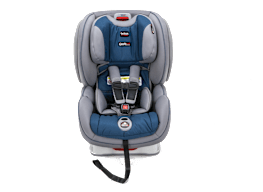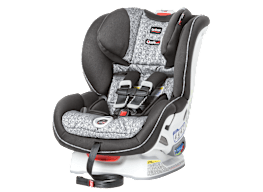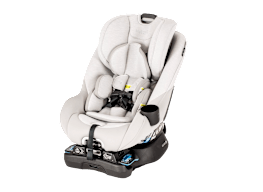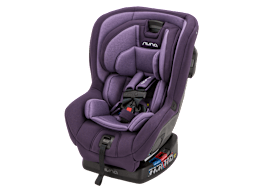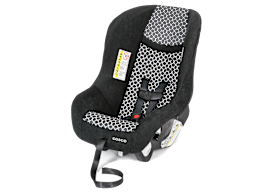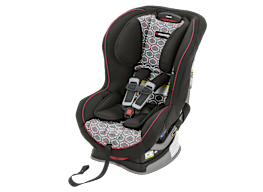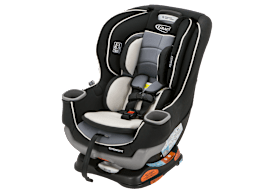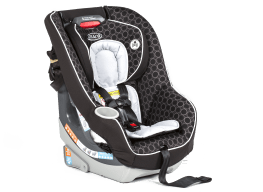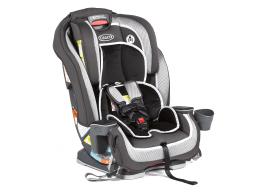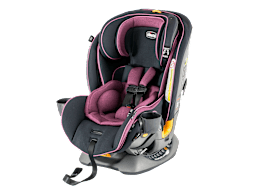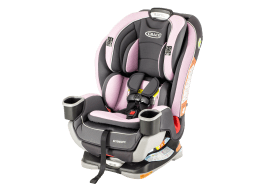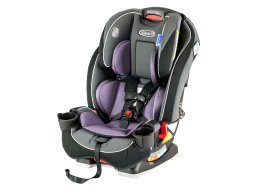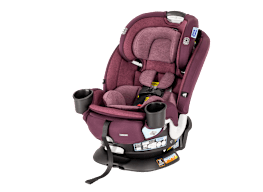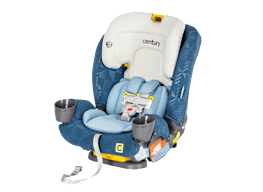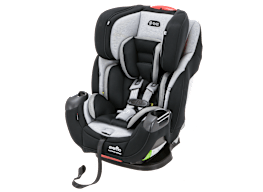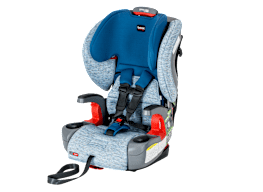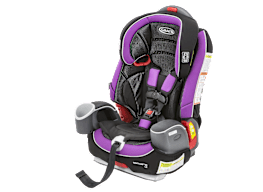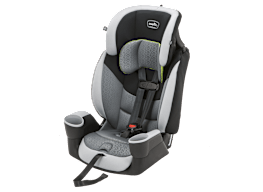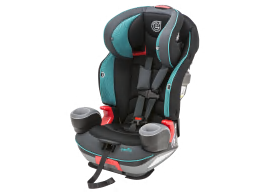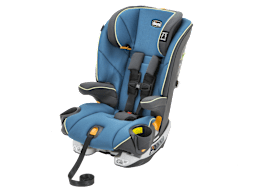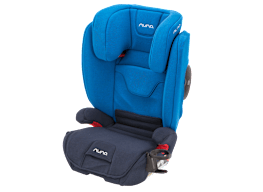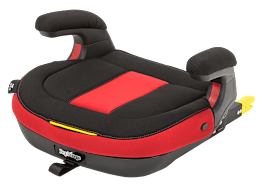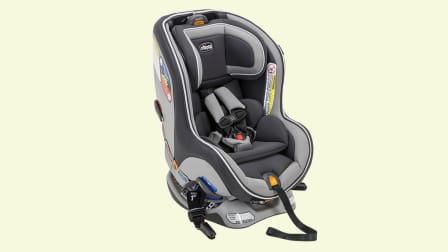When your child hits 1 year old: Based on our recent recommendations and test results, if your child has reached his or her first birthday and still fits in a rear-facing infant seat, the safest move is to switch to a rear-facing convertible or all-in-one car seat.
Our test methodology includes simulating what happens in the event of a crash. In those tests, we found that a 1-year-old child was far more likely to hit his head on the back of the front seat while in a rear-facing infant seat than he would be if he were riding in a rear-facing convertible seat.
When your child’s car seat has expired: Many parents don’t realize that child car seats carry expiration dates. This is particularly important when you have several children and use the same car seat for each one.
The owner’s manual or seat label should tell you when the seat was built and when it should no longer be used. The life span is usually six years (or 10 years for all-in-one or booster seats).
Expiration dates ensure that key components of the seat haven’t become too worn and that the seat meets contemporary safety standards, which are always being raised.
If your child’s seat has been in a crash: Most seats can be reused after a minor fender bender. But the National Highway Traffic Safety Administration recommends replacing a seat if it was in a collision that involved injuries or required the vehicle to be towed, if the airbags were deployed, or if the seat or the door nearest the seat was damaged.
If the seat you’ve been using has been in such a crash and you haven’t yet replaced it, a trade-in event could be a good time to do so.
When your child’s car seat is damaged: Daily use, heating and cooling cycles, and less-than-careful storage can take a toll on a car seat’s structure. Parents should check for cracks, loose parts, and worn straps and fasteners. If the seat is damaged, it might not offer as much protection in a crash as it needs to.
Even if you’re trading in for the same type of seat, one with new, undamaged components will provide better protection.
When it’s simply time for the next step: If your child has outgrown his or her current car-seat stage or is close to doing so, a trade-in event may be the best time to make the move.
Don’t rush the process, even if the savings are tempting. Other than moving from a rear-facing infant seat to a rear-facing convertible seat, other transitions may be less safe for a child. For example, a forward-facing seat is less safe than a rear-facing seat, and a booster is less safe than a forward-facing harnessed seat.
If you’re unsure about what to do with a retired car seat, use CR’s interactive decision tree.
Use the timeline below to find the right car seat for your child.

